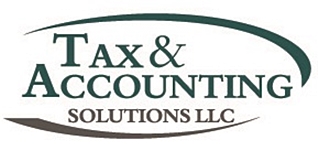New Provisions for Businesses
Pass-Through Threshold Increased
Since 2018, self-employed people and owners of LLCs can deduct 20 percent of their net qualified business income. These small businesses — so called pass-through entities that pass the business’s income on to the owner to be taxed at that person’s individual rate — provide much of the owner’s overall income and is subject to limitations. In 2020, the income ceiling has been raised, potentially allowing business owners to reinvest more in their company.
The new thresholds set limitations for individuals with taxable incomes over $326,600 for married couples filing jointly and $163,300 for single filers.
Social Security wage base increased
While the social security tax rate remains unchanged at 6.2 percent, the annual wage base has increased by $4,800. Now workers and employers will pay social security tax on a worker’s income up to $137,700. There is no cap on the Medicare tax, and the Medicare surtax for high-earners remains the same.
New W-4 Form
Workers hired after 2019 and employees who want to adjust their withholding amounts need to use the new Form W-4. The form does away with allowances and instead focuses on overall income and deductions: other income expected, number of dependents, estimated tax breaks and other items reported on tax returns. The new W-4 purports to better represent a filer’s taxable income — and therefore taxes due — and all workers may benefit from revising their withholding using the new form.
Loans, Credits and Other Provisions
See our previous blog post for other CARES Act provisions.

